Popular Lacrosse Heads
See more Popular Lacrosse Heads
STX Stallion 1K
55 Available

Maverik Tactik 3.0
56 Available
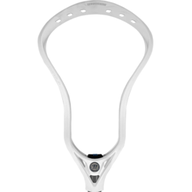
Warrior Evo Qx-O
72 Available

Maverik Optik 3.0
107 Available

ECD Lacrosse Ion
170 Available
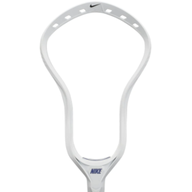
Nike L3
44 Available
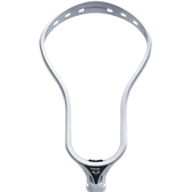
ECD Lacrosse DNA 2.0
42 Available
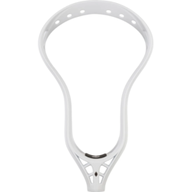
StringKing Mark 2V
89 Available

STX Surgeon 1K
51 Available

ECD Lacrosse Mirage 2.0
102 Available
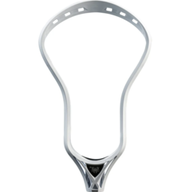
ECD Lacrosse Rebel
80 Available

Maverik Kinetik 2.0
86 Available
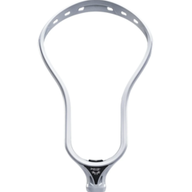
ECD Lacrosse DNA
43 Available
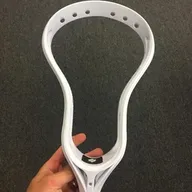
StringKing Legend Intermediate
16 Available

Nike CEO
29 Available
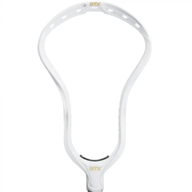
STX Stallion 900
55 Available

Warrior Evo 5
35 Available

Maverik Tactik 2.0
89 Available

Maverik Kinetik 3.0
57 Available

STX Ultra Power
38 Available

STX Surgeon 900
45 Available

Under Armour Command
79 Available

Warrior Burn FO
25 Available

STX Hammer 900
35 Available

StringKing Mark 2A
70 Available
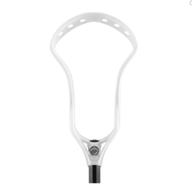
Maverik Kinetik
67 Available
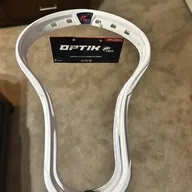
Maverik Optik Force
36 Available

STX Stallion
34 Available

Maverik Optik
34 Available

STX Stallion 700
44 Available

Maverik Optik 2.0
36 Available
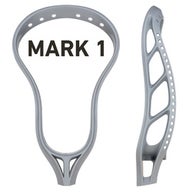
StringKing Mark 1
29 Available

True Hzrdus
31 Available
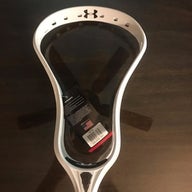
Under Armour Command Low
37 Available
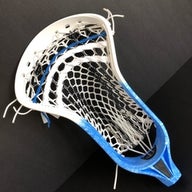
Epoch Z-ONE
40 Available
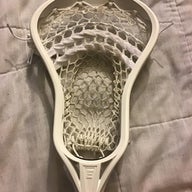
Epoch iD Vision
22 Available
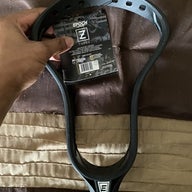
Epoch Z-Three
27 Available

Nike Lakota
29 Available
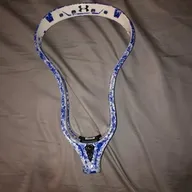
Under Armour Command 2
47 Available
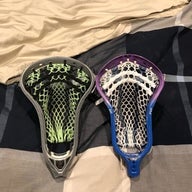
STX Surgeon 700
23 Available
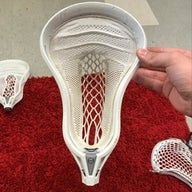
Warrior Evo Warp Pro
31 Available

Other Generic
26 Available

Warrior Burn
27 Available

Warrior Burn XP-D
24 Available

Nike Lakota U
23 Available
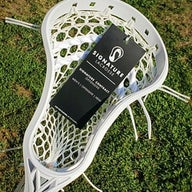
Signature Contract Offense
21 Available

STX AV8
27 Available
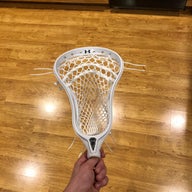
Under Armour Command D
16 Available
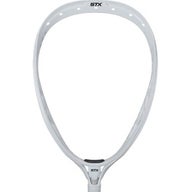
STX Eclipse 2
23 Available

True Key
17 Available
Shop by Brand
STXMaverikWarriorECD LacrosseNikeBrineEpochTrueGaitHEADdeBeerAdidasAdrenalineTribe7HarrowReebokCascadeEaston
2,432 Results
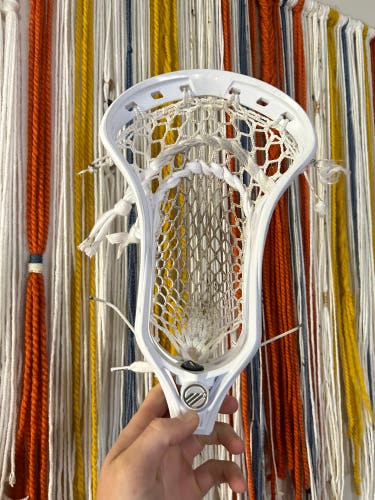
Badgerrrr
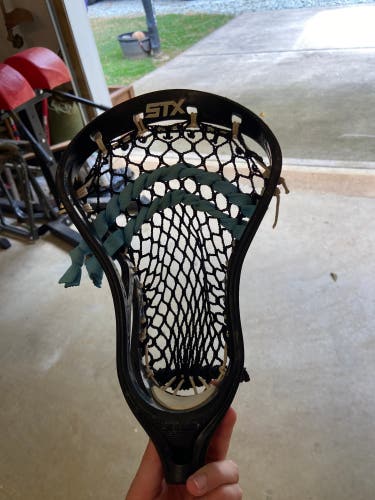
OwenWimsatt24
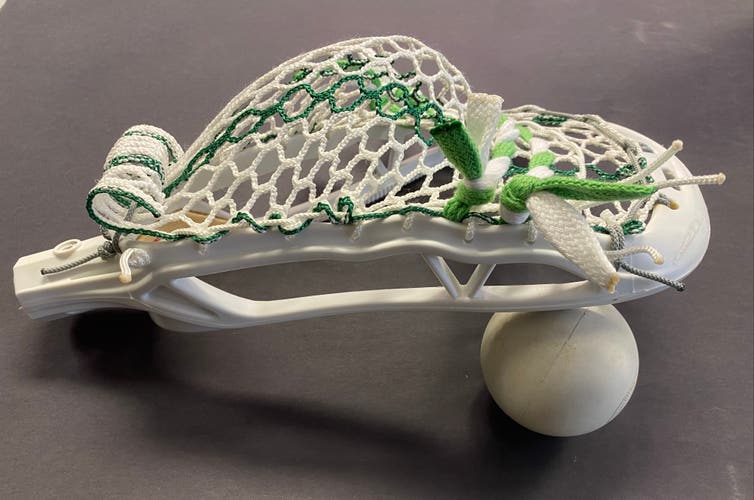
OGstrings32

Laxxmann7

Chance4

JackECFranchise
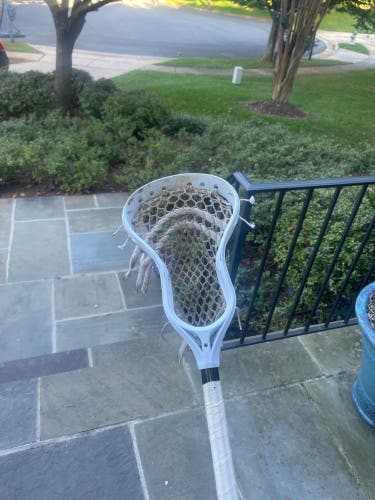
R_gulati23
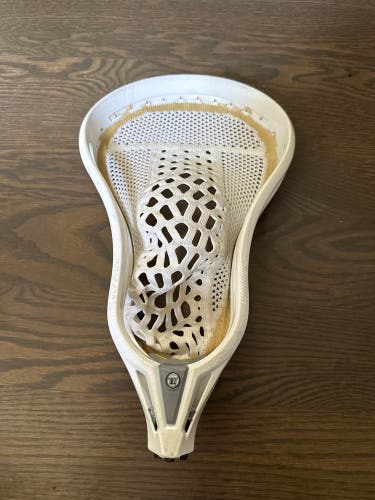
dbrown4483
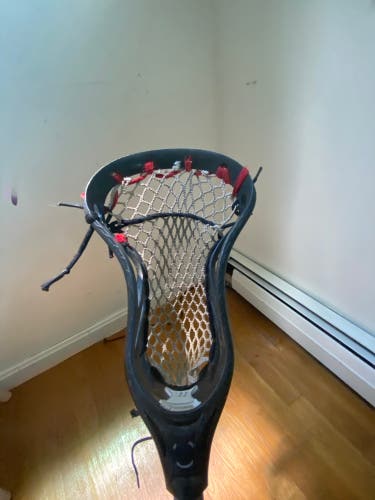
nishadbasrur
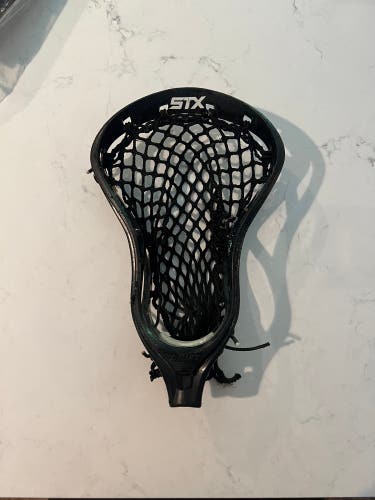
Danielm55
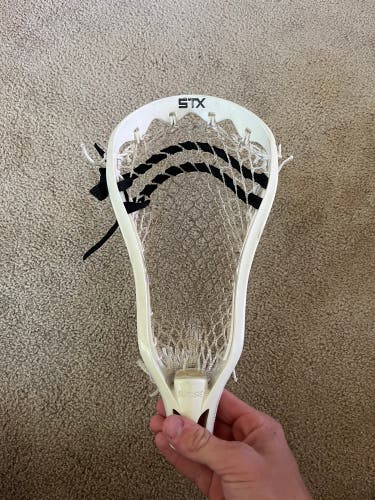
Wyatt18j
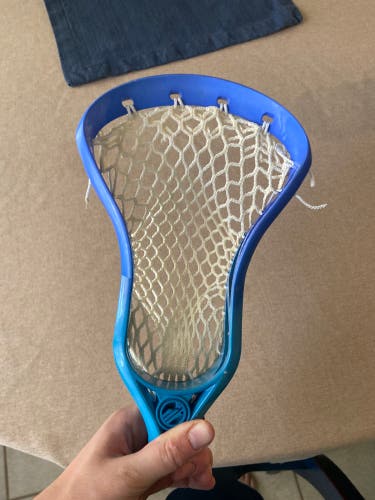
laxgearfinder22

Catasaro
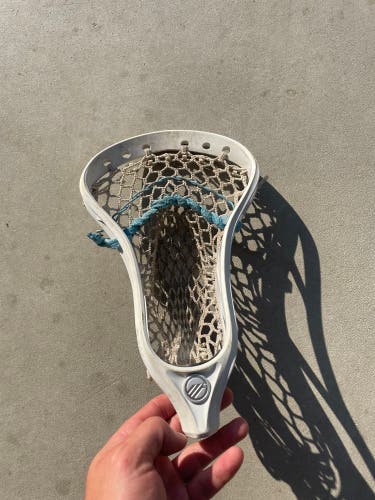
TU30
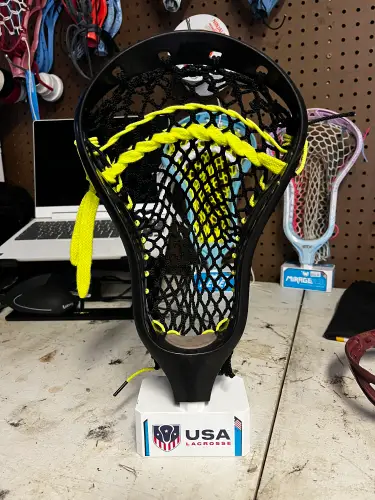
xmona37
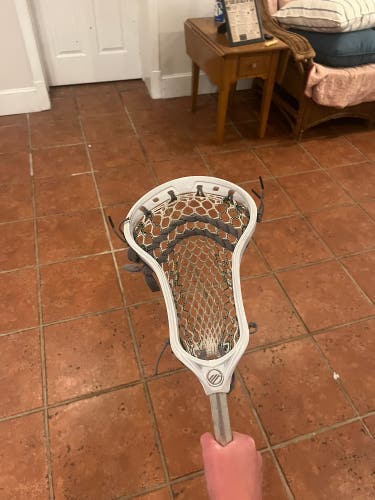
Akovach
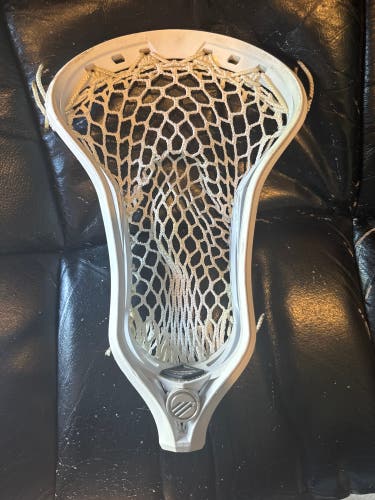
Kruser47
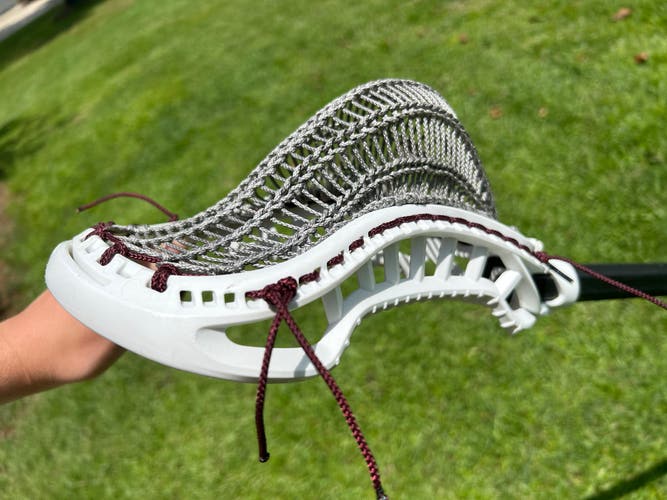
RyanWahl28
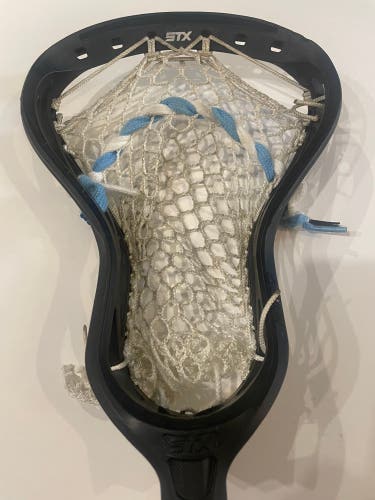
Redsox12
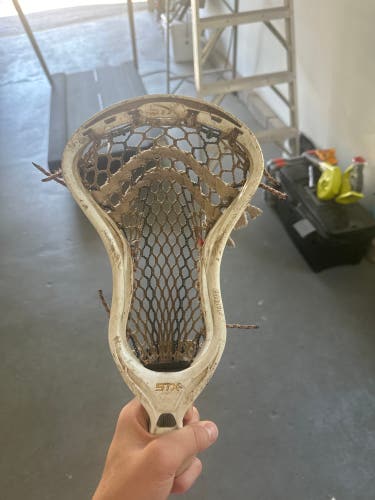
colbykoenigs38
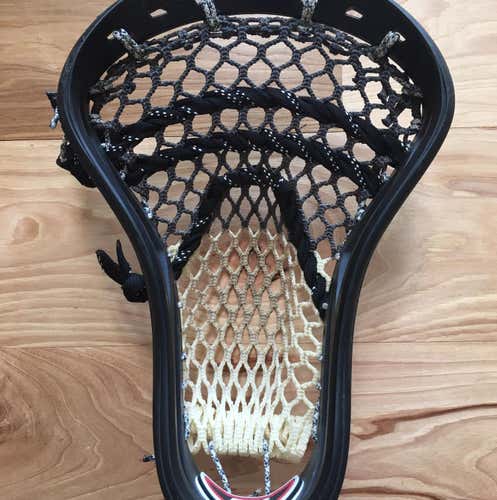
blilyestrom
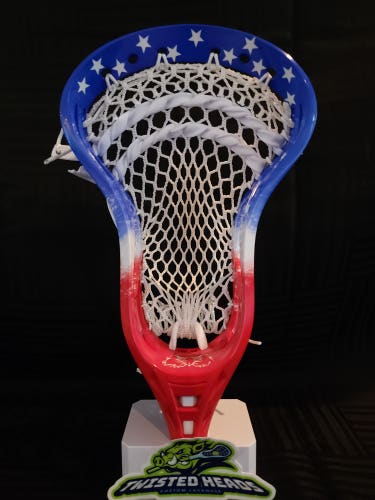
TwistedHeads

Zbutler
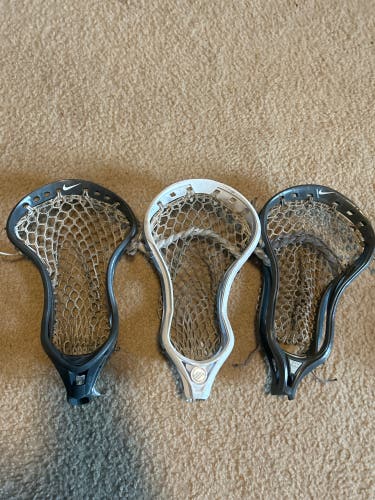
khanvict
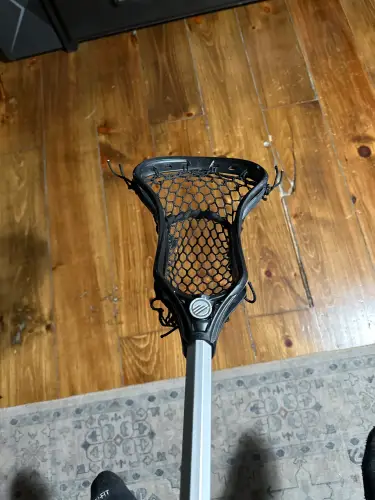
Loganhickman119
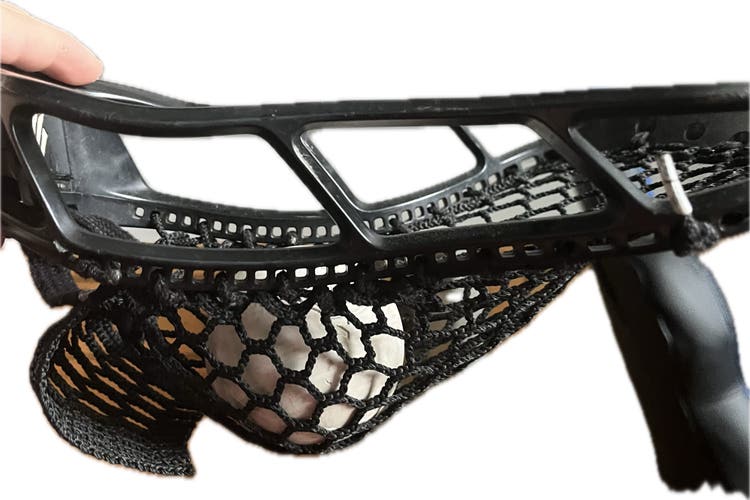
Sifishoots63
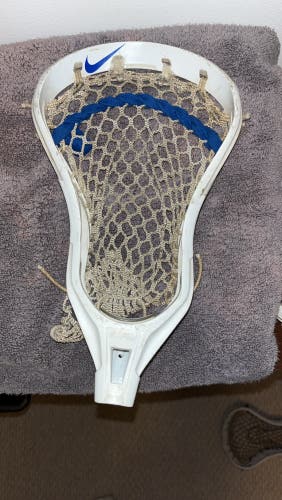
LLando237

Laxxmann7

mahi_fishchaser

Laxstuff77

PineLacrosse

southrnfriedlax